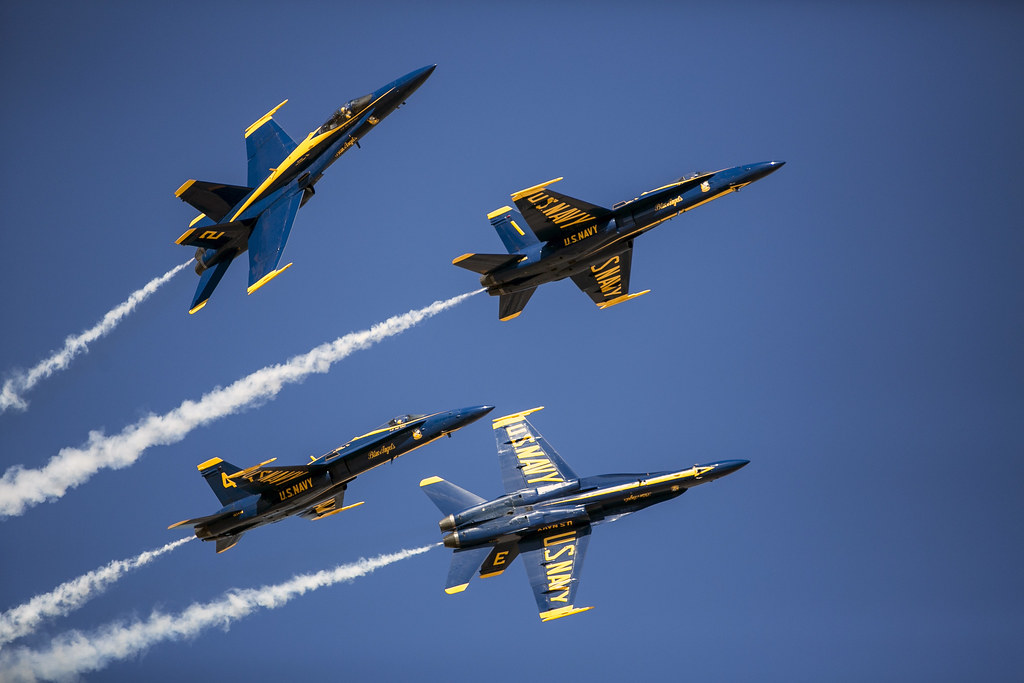
The F-15 ACTIVE, a joint project between NASA and the U.S. Air Force, emerged as an engineering marvel that pushed the boundaries of what was thought possible in fighter jet technology.

This advanced F-15B variant, born out of an era when Cold War tensions loomed large, became a platform for experimentation that not only expanded the realm of aviation science but also left a lasting impact on the future of military aircraft design.

In the 1980s, the F-15 ACTIVE (Advanced Control Technology for Integrated Vehicles) program took the iconic F-15 Eagle and transformed it into an experimental juggernaut.

By integrating two-dimensional thrust-vectoring controls and canards—a feature borrowed from the F/A-18 Hornet—the F-15 ACTIVE achieved unprecedented agility and low-speed control.

This enabled the aircraft to perform remarkable feats such as taking off at a mere 42 mph, and it played a pivotal role in enhancing the U.S. military’s understanding of flight dynamics in a way no other aircraft had before.

The program’s primary mission, to formulate the best approach for next-generation U.S. fighters to operate from damaged runways, assumed heightened importance in light of potential Cold War confrontations where rapid deployment from compromised airstrips would be critical.

This foresight has remained relevant, as today’s geopolitical landscape with peer adversaries like China presents similar challenges where America’s airfields, particularly in the Pacific region, might face threats.

The F-15 ACTIVE allowed military engineers to test and refine systems that would later influence the design of aircraft like the F-15E variant.

Its innovations and the subsequent data collected on the testbed catalyzed advancements in warplane capabilities.

As one report by NASA highlighted, “The F-15 ACTIVE flying qualities are significantly improved over production F-15 aircraft. Aircraft response is crisp and heavily damped throughout the research flight envelope.”

Although the F-15 ACTIVE no longer serves as part of the NASA testbed program, it remained in use for other experiments, such as testing the Intelligence Flight Control System (IFCS).

Its distinct appearance, marked by an amalgamation of parts from different aircraft, the canards, and the vectored thrust control, coupled with its striking color scheme, often likened it to a real-life version of Luke Skywalker’s X-Wing.

The F-15 ACTIVE stands as a testament to a time when innovation and experimental design within the U.S. military were pursued with fervor.

Its contributions to aviation science have been integral to the evolution of air superiority fighters and continue to inspire future technological advancements.

As the globe enters a new era of aerial warfare, where fifth-generation and beyond fighters come to the fore, the legacy of the F-15 ACTIVE is a reminder of the ingenuity and bold vision that have long propelled military aviation to new heights.
Relevant articles:
– The F-15 ACTIVE Might Have Been the Ultimate ‘Frankenstein’ Fighter, The National Interest
– F-15 ACTIVE: This Frankenstein Fighter Was Better Than the F-15 Eagle, The National Interest
– Sea Eagle: America’s plan to put the F-15 on aircraft carriers, Sandboxx
– Global Strike Eagle: The real plan to add rockets to the F-15, Sandboxx

